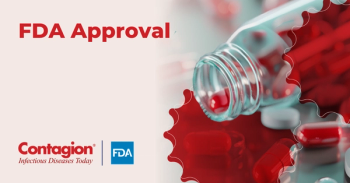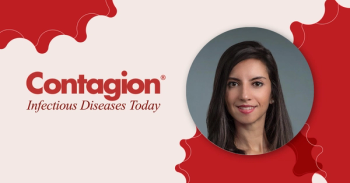In 2014, the Joint United Nations Programme on HIV/AIDS (UNAIDS) set an ambitious goal to end the AIDS epidemic by 2030. With progressive targets set for 2020, the organization recently held a meeting in which members joined public health officials in calling for more funding and targeted resources to reach what they say are achievable goals.
At the end of 2015, there were more than 36 million people living with HIV worldwide, according to the World Health Organization (WHO). An estimated 1.1 million people died from HIV-related causes and 2.1 million people became newly infected with the virus in 2015 as well. Despite those staggering numbers, the statistics have improved for individuals infected with HIV: new infections have fallen by 35% since 2000, and a drop in related deaths has saved 8 million lives.
With improvements in prevention efforts, testing, and treatments over the last three decades, UNAIDS released its Fast-Track initiative more than two years ago, saying that the tools exist to end the AIDS epidemic by 2030. The plan focuses on scaling up the resources currently available thanks to scientific breakthroughs, noting that even though HIV infections may not cease to exist, AIDS can be eliminated as a global health threat. Without this scale-up, the UNAIDS report noted that the AIDS epidemic will continue to outpace the public health response. With the scale-up, the plan projects that 21 million AIDS-related deaths and 28 million HIV infections—including almost 6 million infections among children—can be prevented. To stay on target, the initiative aims to hit its “90-90-90” targets—for 90% of people living with HIV to know their HIV status, for 90% of people who know their status to receive treatment, and for 90% of people on HIV treatment to have a suppressed viral load so they are no longer infectious—by 2020.
At a recent meeting, the UNAIDS board noted that in 2016, access to antiretroviral drugs expanded to more than 18 million people with HIV and that more countries have adopted Fast-Track plans. However, emerging global challenges are threatening the success of Fast-Track, and the program is facing a funding deficit. “It is essential that countries continue to have access to long-term, predictable and sustainable resources,” said Michel Sidibé Executive Director of UNAIDS, in a recent press statement. “If this is not the case, they will not be able to sustain and accelerate their responses to HIV and there could be a rebound of the AIDS epidemic in the coming years.”
The meeting reiterated a report on the investments needed for Fast-Track, which included new estimates on the funding needed to reach the 2020 and 2030 targets. The initiative emphasizes the need for front-loading investment, which calls for “a rapid increase in resources allocated to HIV during the next few years to achieve greater long-term gains and reduce the resources needed in the future.” Based on the fact that such programs in low- and middle-income countries worldwide needed $19.2 billion in funding in 2014, the report estimates that “investment from all sources will need to increase,” meaning that $26.2 billion will be needed by 2020. According to the report, most people who are living with HIV will have been diagnosed after 2020, and due to this (as well as other factors), less HIV resources will be needed, which means costs should steadily decline to $22.3 billion by 2030. Without investing in this scale-up, the HIV/AIDS epidemic will be prolonged and could rebound in many countries and undo the progress that has been made by public health efforts.
Calls to invigorate stagnating funding for the HIV/AIDS epidemic have also come from officials at the United States President’s Emergency Plan for AIDS Relief (PEPFAR), an initiative designed to assist in the worldwide fight against AIDS. Since 2003, PEPFAR has been successful in 31 countries using a $6.8 billion annual budget by making strategic and geographic investments to implement evidence-based programs in the most at-risk populations. It shares the goals of UNAIDS in achieving an “AIDS-free generation” but at a recent National Institutes of Health event, program coordinator Deborah Birx, MD, echoed the need for a boost in funding to put towards HIV/AIDS efforts, along with a more targeted approach with available resources. “Funding has plateaued and the real challenge is how do we apply the tools that have been given to us through the scientific method and how do we do that in a budget-neutral environment,” said Dr. Birx at the event. She noted PEPFAR’s targets in sub-Saharan Africa for 2017, including extending antiretroviral therapy, encouraging more male circumcisions, and reducing new infections in women. “Now we need really a call to action to ensure that we move these policies into a new place so we can bring the end of AIDS, together, in the next five or 10 years."





















































































































































































































































































